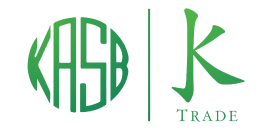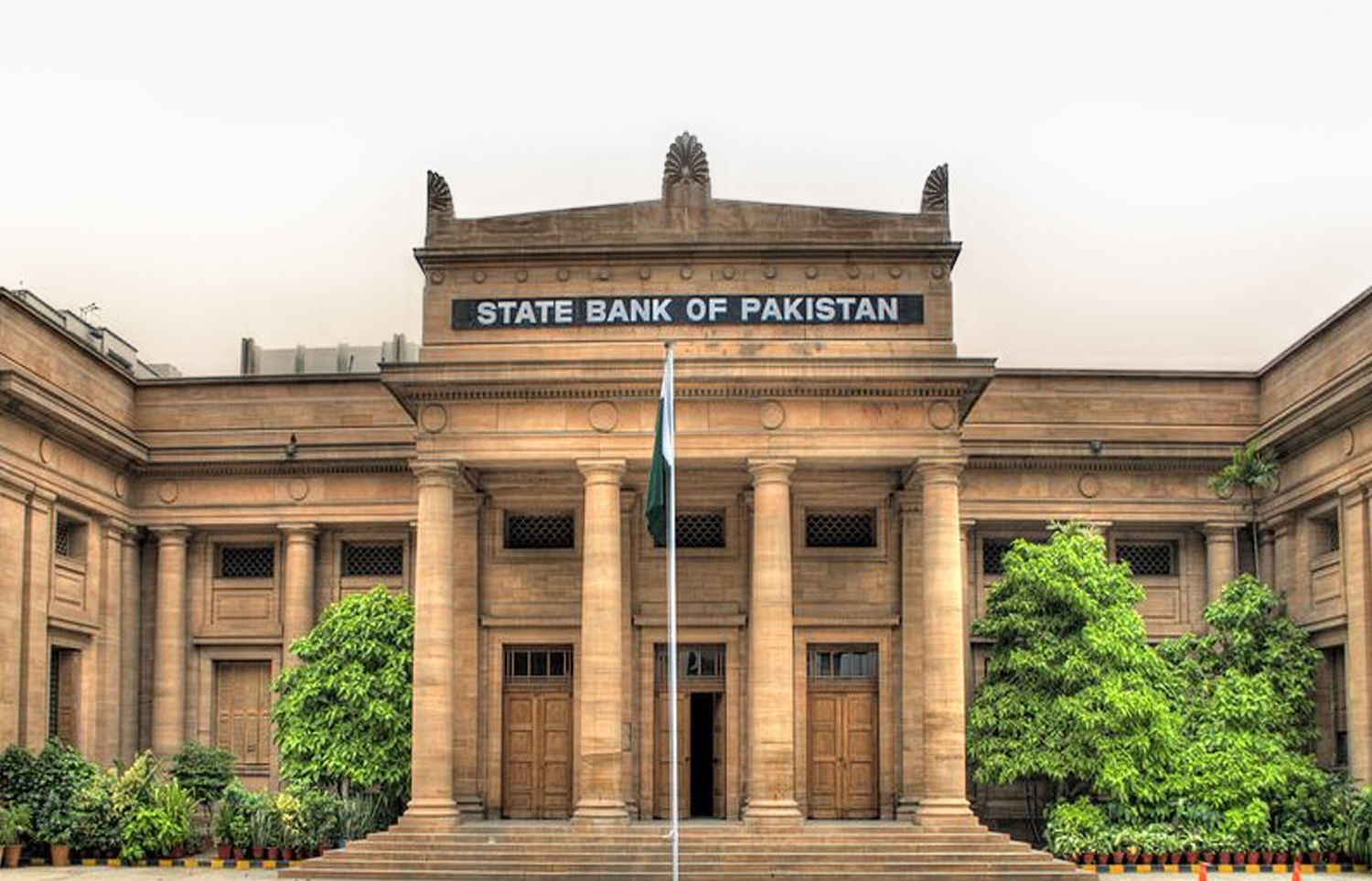What is the recent monetary policy action taken by the State Bank of Pakistan and why was it necessary? What are the key highlights of the monetary policy review?
- The State Bank of Pakistan (SBP) has hiked the policy rate by 300bps to 20%, as the country seeks to revive the IMF program to unlock financing of USD 1.1bn. The sharp monetary tightening cycle has been driven by inflationary pressures, which saw CPI surpass an all-time high of 30%. The SBP revised its inflation forecast to 27-29% for FY23. The central bank also discussed core inflation, which rose to 21.5% in the rural region. The SBP felt a strong policy response was necessary to ensure inflation expectations remained anchored. The SBP also discussed Pakistan’s weakening foreign reserves position and emphasized the need for reviving the IMF program to address external account challenges.
The sector-wise impact is expected to look something like this:
- Economy → NEUTRAL: Higher interest rates will likely slow economic growth and reduce the government’s spending ability due to increased debt servicing costs. However, higher interest rates may help stabilize the Pak Rupee and control medium-term inflation.
- Automobiles → NEGATIVE: Higher interest rates will make it more expensive to finance a car, which is a concern as vehicle prices have doubled over the past two years due to Pak Rupee’s weakness.
- Banks → POSITIVE: Banks may benefit from increased Net Interest Margins (NIMs) due to higher lending rates and treasury yields. However, there may be concerns about non-performing loans as debt servicing becomes more difficult with the expected economic slowdown.
- Cement → NEGATIVE: The cement industry is heavily indebted due to its 4th expansion cycle, and risks to cement demand may increase as the GDP slows down and the fiscal space shrinks further.
- Fertilizers → POSITIVE: Urea demand is not likely to be affected by changes in the economic cycle, and the industry has a lot of cash, which can benefit from increased treasury income on its cash balances.
- Energy and Power → POSITIVE: The E&P industry has a lot of cash and no debt, and its demand is not likely to be affected by changes in the economic cycle. It can benefit from increased treasury yields on its cash balance.
- Oil Marketing Companies → NEGATIVE: The working capital needs of the OMC industry have increased in the past few years due to rising fuel prices. Higher interest rates will increase the debt servicing costs of the sector’s working capital.
- Textiles → NEGATIVE: The textile industry has high working capital needs and is affected by recent fiscal adjustments linking subsidized export lending rates to the policy rate. It will incur increased debt servicing burdens as interest rates rise.
At KTrade, we are committed to helping our clients make informed decisions and achieve their financial goals. Whether you are a seasoned investor or just starting out, we have the resources and expertise to help you succeed. Follow us on our Social Media Links for the latest updates and insights on investing in Pakistan.

